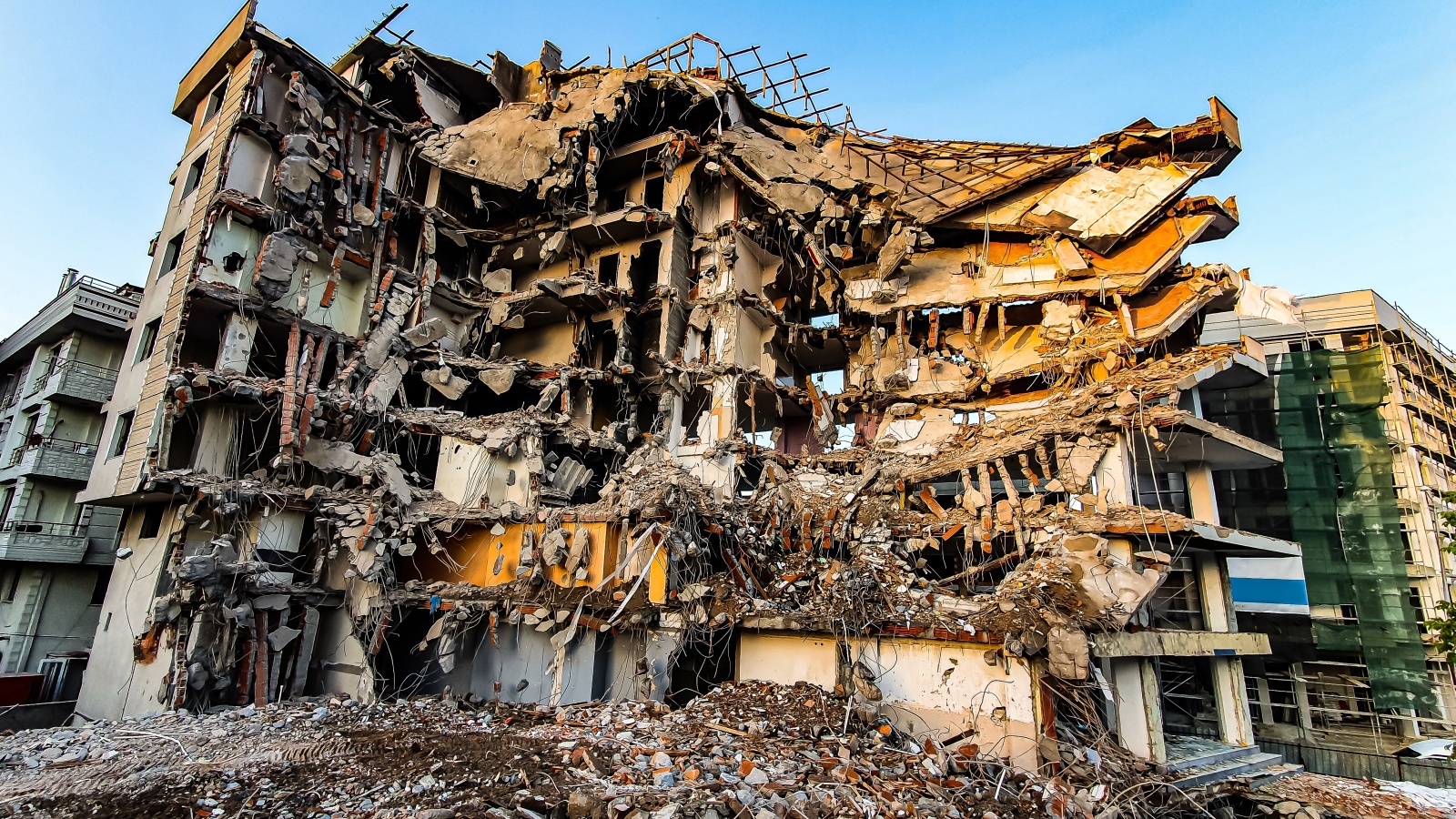In the aftermath of the devastating earthquakes in Turkey, a team of researchers led by Yuval Reuveni from the department of physics at Ariel University has published a paper about a promising new way to predict tremblors 48 ahead of time.
Their revolutionary approach utilizes a form of machine learning called support vector machine (SVM) with GPS ionospheric total electron content (TEC) estimations.
The team has been studying the relationship between TEC in the ionosphere and geodynamic activity for several years.
SVM is a machine-learning set of algorithms that can be used to predict the occurrence of a particular event by analyzing a set of data and identifying patterns and relationships.
Using SVM algorithms to analyze TEC data from the US Geological Survey provides the most rapid and accurate information regarding the location, size and depth of all recorded earthquake events worldwide.
Comparing results to seismic activity recorded during the same period, the Israeli scientists found that the SVM algorithm accurately predicted seismic activity with a success rate of up to 83% — with 85.7% accuracy for true negative predictions and 80% accuracy for true positive predictions within 48 hours.

“Our research shows that there is a clear correlation between ionospheric TEC values and geodynamic activity,” said Reuveni.
“By utilizing an machine learning approach, we were able to accurately predict earthquake events with a certain degree of success. While this is not yet a foolproof method of predicting earthquakes, it is a promising step forward in our efforts to better understand and anticipate seismic activity.”
The findings of the study, published in the peer-reviewed Remote Sensing scientific journal, could have significant implications for earthquake prediction and early warning systems, said Reuveni.
“The use of GPS receivers to estimate TEC data is a noninvasive and cost-effective method that could be used to monitor geodynamic activity in real time. This could potentially provide valuable time for people to prepare for an earthquake and could also help reduce the damage caused by seismic events,” he said.

















